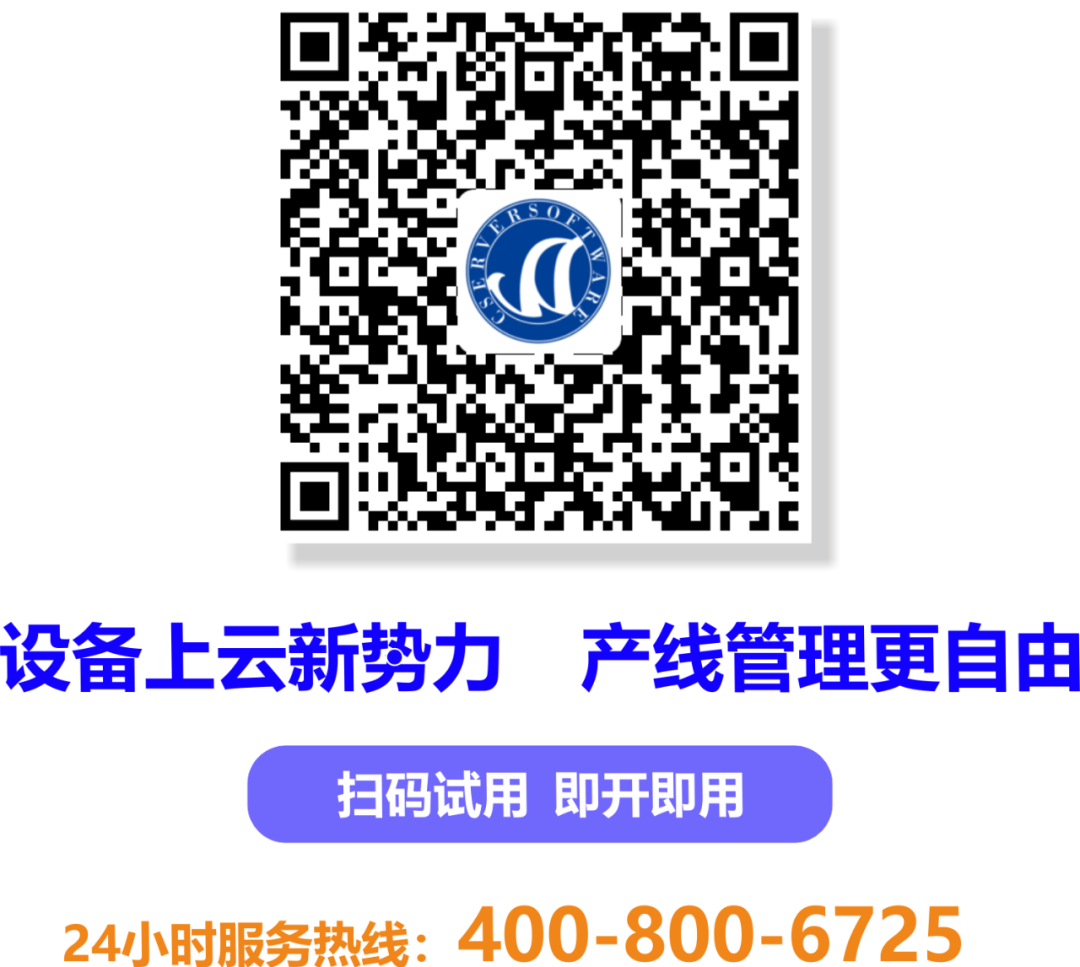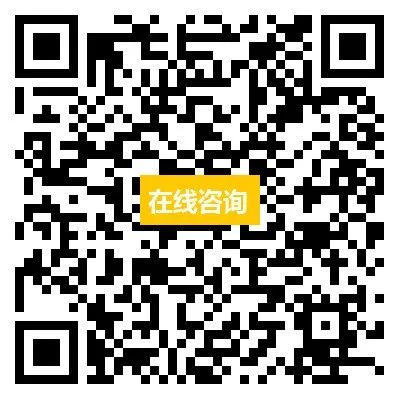
With the arrival of the 5G era, the development of the Internet of Things is rapid, and its connection with daily life is becoming closer. From picking up packages at smart lockers to riding shared bicycles, you can check smart locks, cameras, and video doorbells through your mobile APP. Large-scale applications like smart cities, smart parks, smart factories, and the Internet of Everything are all important manifestations of the development of IoT technology. The number and coverage of IoT devices are expanding rapidly. According to research reports, in 2020, the number of IoT connections exceeded the number of non-IoT online connections for the first time.
01
What Exactly Is the Internet of Things?
The concept of the Internet of Things (IoT) was first proposed in 1999, officially defined as “the internet of everything connected.” It is a vast network formed by integrating various information sensing devices with the internet, enabling interconnectivity among people, machines, and objects at any time and place. It has been referred to as the third wave of development in the global information industry after computers and the internet.
The Internet of Things has the following characteristics:
Connection between people and objects, connection between objects, informatization, remote management and control, intelligence.

02
What Are Common Wireless Networking Technologies for IoT?
In the process of IoT popularization, wireless technology plays an increasingly important role. Here are several common wireless IoT technologies, their features, and application scenarios.
WIFI
Advantages: Devices can access the internet, avoid wiring, widely operated, fast transmission speed.
Disadvantages: Short transmission distance (50 meters), high power consumption.
Bluetooth
Advantages: Low cost, small size, low power consumption, widely used.
Disadvantages: Low security, short transmission distance (50 meters), cannot directly connect to the internet, compatibility issues with different versions.
ZigBee
Advantages: Low power consumption, low cost, large network capacity, low latency, secure and reliable, self-organizing network.
Disadvantages: Cannot directly connect to the internet, low data transmission rate, short transmission distance (10-100 meters).
NFC
Advantages: Short-range, contactless point-to-point communication, fast connection establishment, high security.
Disadvantages: Slower than Bluetooth, application scenarios are limited.
NB-IoT
Advantages: Low-cost rapid deployment, low power consumption, deep coverage, large adjustable transmission rate, massive connections.
Disadvantages: Small data volume, complex technology, requires additional fees.
03
How Does the Internet of Things Work?
Due to the development of various technologies, sensors, wireless systems, and machine learning, the Internet of Things has now become a reality. IoT is based on devices, objects, and sensors that interact with platforms to share data. These platforms are designed to identify useful data and discard unnecessary data. This also helps IoT platforms to detect issues before they arise.
04
What Are the Applications of the Internet of Things?
IoT technology has a wide range of applications, including smart homes, smart factories, healthcare, energy consumption management, military applications, and logistics transportation.
Smart Homes
When it comes to optimal heating, air conditioning, and lighting equipment, all of these are examples of smart home applications. This can save a significant amount of energy. We can control these devices using smartphones or any other internet-enabled devices. These IoT platforms can also be connected to any standalone platform.
Industrial Applications in Smart Factories
IoT devices are used to collect data regarding equipment, process monitoring, and automatic updates. This ensures higher efficiency and better monitoring of industrial manufacturing and processing. Moreover, it can save a lot of effort and time.
Healthcare
IoT technology is also widely used to improve the medical and healthcare fields. IoT platforms can effectively collect data and perform accurate analysis in patient monitoring and diagnosis.
Energy Management
Using IoT sensors can better monitor air and water quality. This can be achieved by remotely turning off energy-consuming devices when not needed, allowing for better management of energy-consuming devices.
Transportation Applications
IoT has many applications in the transportation industry, especially in vehicle-to-vehicle communication, traffic control, and better vehicle management. Improved vehicle-to-vehicle communication or applications around vehicles can lead to higher safety and security levels. This can prevent accidents and save lives. In fact, IoT technology is opening doors for autonomous driving and seamless road infrastructure.
05
CServer IoT Development Platform Version 3.0
The CServer IoT Development Platform 3.0 focuses on helping users create end-to-end deep value solutions from device access and rapid IoT presentation to personalized industry application development. It provides the lowest cost, highest efficiency, and strongest reliability solutions for IoT application needs across various industries.

END
CServer Cloud – a core industrial internet platform provider in China. Main business: construction and operation of regional industrial internet platforms, smart factory construction, and smart park construction. Providing online service models for small and medium enterprises and offline private cloud deployment models for large enterprises. Based on the company’s PaaS platform, IoT platform, and big data platform as technical support, it offers various digital transformation products and solutions.
Cooperation Consultation
Contact: 400-880-6725
Official website: www.cserver.com.cn
Online consultation:
